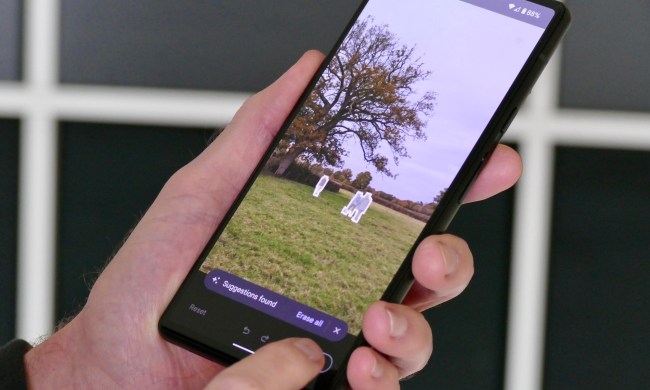
The first batch of Windows Phone 7 devices launched this week to generally positive coverage, and in a market that had seemed to say previously that the iPhone and Android products were enough. There is some clearly positive buzz surrounding these new phones, and I think that is because what is out there sucks more than we want to admit. But this is a big jump for Microsoft, because if you previously said you had a Microsoft phone, and that’s what I carry, people would pity you. That could be changing soon.
 The Rodney Dangerfield of tech
The Rodney Dangerfield of tech
Microsoft’s poor reputation was driven home for me most recently at CTIA, when I was getting a briefing on the new Ford Sync product, which uses Microsoft technology. The woman doing the briefing was going on about how well the system integrated with an iPhone or iPod, and that the new blend of touch screen and soft-touch controls on this second-generation offering was vastly better than anything else that was out there. I smiled and said, “Of course it works equally well with the Zune, right?” Her response: “What’s a Zune?” And she wasn’t joking.
The huge irony is that Ford with Sync actually does have the best integrated media experience in the market, but most people will use it with an iPod, because Microsoft’s competing offering just isn’t much of a player in this market. The fact that the Ford representative didn’t even know what Zune was drove this home. That likely defines“no respect.”
I should point out that the Ford Sync does showcase a problem with car companies in that they have to design the entertainment system at the start. This means that some new Ford products have the hot new second-gen Sync II product, but most are still shipping with the aging original Sync.Ford’s flagship car, the Taurus SHO, unfortunately uses the old Sync, which would knock it off my short list despite being one hell of a car for the money. Ford needs to fix this.
 Specialized devices for specialized consumers
Specialized devices for specialized consumers
The phones that both T-Mobile and AT&T are bringing to market are focused on specific-use cases. This mirrors the automotive market, which has sports cars for people like me, and mini vans for many of the other analysts I travel with.I’m clearly having a never-ending mid-life crisis.
We saw phones for people that wanted mostly to listen to music with built-in Yamaha speakers, phones that were best for video with bigger screens, and phones for business use with keyboards. I’m a business phone guy myself, and have always favored the Blackberry configuration with the keyboard on the bottom, because you can type with one hand.
The Dell Venue Pro was my favorite, because it has a portrait, drop-down keyboard and thankfully uses T-Mobile. This last part is important because most everyplace I go there is one constant mantra when it comes to phones, and that is that AT&T sucks due to dropped calls, poor coverage, and horrid data rates.Here in Las Vegas, I’m hearing a ton of complaints from people using iPhones regarding AT&T service.
It seems they actually built the perfect phone for me: It has a keyboard, it is in the right place, and it is on the right carrier for once.
Finally winning respect
The Windows Phone 7 launch took Microsoft out of the “bad joke” category with regard to phones, and gave the company some much-needed respect in the space.Microsoft still needs to respond to the tablet threat represented by the iPad, but at least for now, the Windows Phone 7 product takes it out of the category of companies that can’t execute here, and into the group of contenders. Whether Microsoft can beat Apple or Google is still to be determined. I do think the company can beat Google,but believe Apple will be far more difficult.


